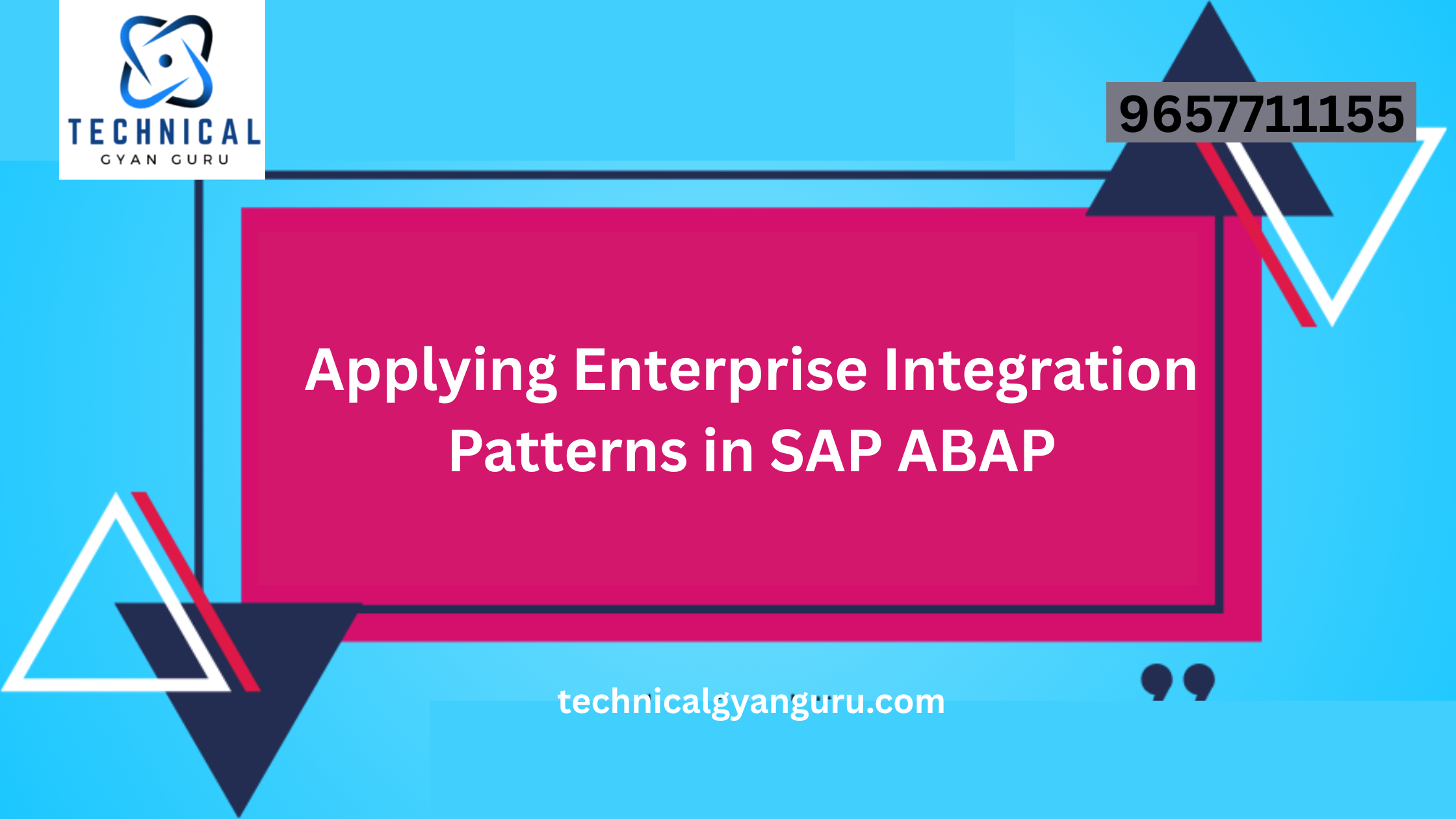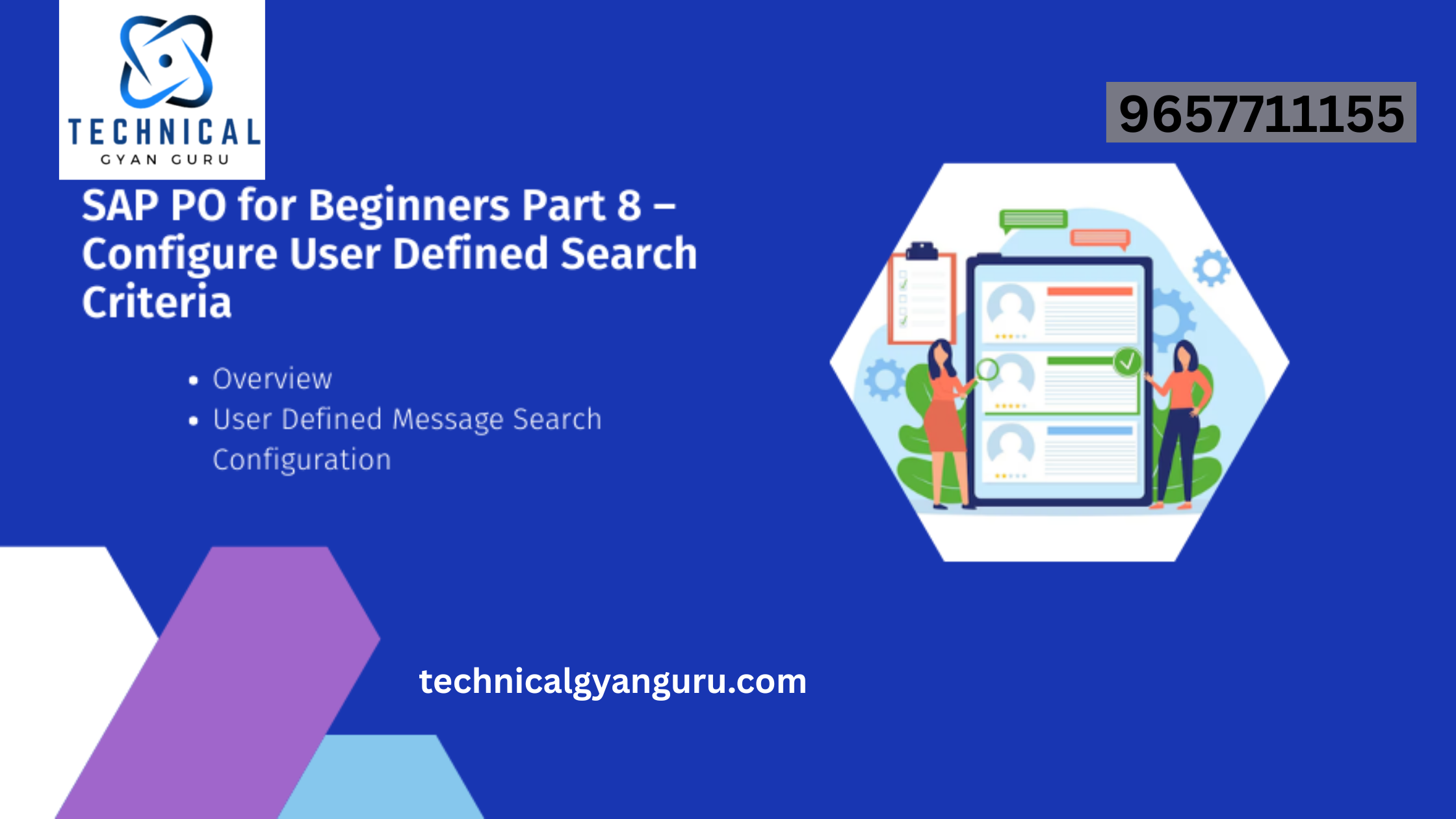Introduction:
ABAP CDS View Entities: In the ever-evolving landscape of SAP development, Core Data Services (CDS) plays a pivotal role in providing a unified and efficient way to define and consume data models. Within the ABAP environment, CDS Views are instrumental, and one of its powerful features is the CDS View Entity. In this blog post, we will explore the fundamentals of ABAP CDS View Entities, understanding their purpose, structure, and how they contribute to building robust data models in SAP.
Understanding ABAP CDS View Entities:
A CDS View Entity is a logical data container within an ABAP CDS View. It represents an entity in the data model and is the building block for defining and structuring data. Think of it as a blueprint for organizing and presenting data in a meaningful way. CDS View Entities enable developers to create complex and well-defined data structures with clear relationships, making data modeling in ABAP more intuitive and efficient.
Key Components of ABAP CDS View Entities:
- @Entity: The
@Entityannotation is used to define a CDS View Entity. It marks the beginning of the entity definition and provides metadata such as the entity name, which is crucial for referencing the entity in other CDS views or ABAP programs.
@AbapCatalog.sqlViewName: 'ZCDSVIEW'
@AbapCatalog.compiler.compareFilter: true
@AccessControl.authorizationCheck: #CHECK
@EndUserText.label: 'CDS View Entity Example'
define entity ZCdsEntity {
key id: Integer;
name: String(50);
description: String(100);
};
Attributes: Attributes within the CDS View Entity define the fields or columns of the entity. Each attribute has a data type and, if needed, additional annotations to specify properties like length or constraints.
define entity ZCdsEntity {
key id: Integer;
name: String(50);
description: String(100);
};
Associations: Associations establish relationships between different CDS entities. They define how data in one entity relates to data in another, facilitating the creation of comprehensive and connected data models.
define entity ZCdsEntity {
key id: Integer;
name: String(50);
description: String(100);
association to ZRelatedEntity on id = relatedEntityId;
};
Practical Usage of ABAP CDS View Entities:
- Data Modeling: CDS View Entities are the building blocks for creating robust data models in ABAP. They allow developers to define entities, attributes, and relationships in a structured and modular way.
- Abstraction and Reusability: CDS View Entities promote abstraction by encapsulating the details of the data structure. This abstraction enhances reusability, as entities can be used in multiple CDS views, providing a consistent and standardized representation of data.
- Readability and Maintenance: The use of CDS View Entities improves code readability and maintenance. With a well-defined entity structure, it’s easier for developers to understand the data model, make changes, and troubleshoot issues.
Conclusion:
ABAP CDS View Entities are a cornerstone of efficient and modern SAP development. By leveraging these entities, developers can create flexible, modular, and well-organized data models that meet the evolving needs of businesses. As you embark on your journey with ABAP CDS, understanding and mastering CDS View Entities will undoubtedly contribute to the success of your SAP projects, providing a solid foundation for building scalable and maintainable applications.







